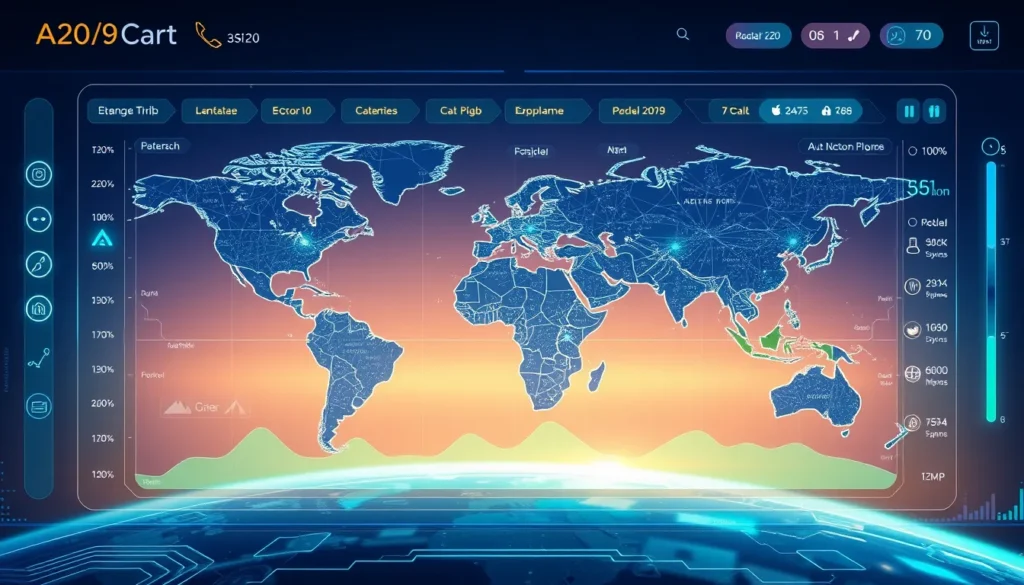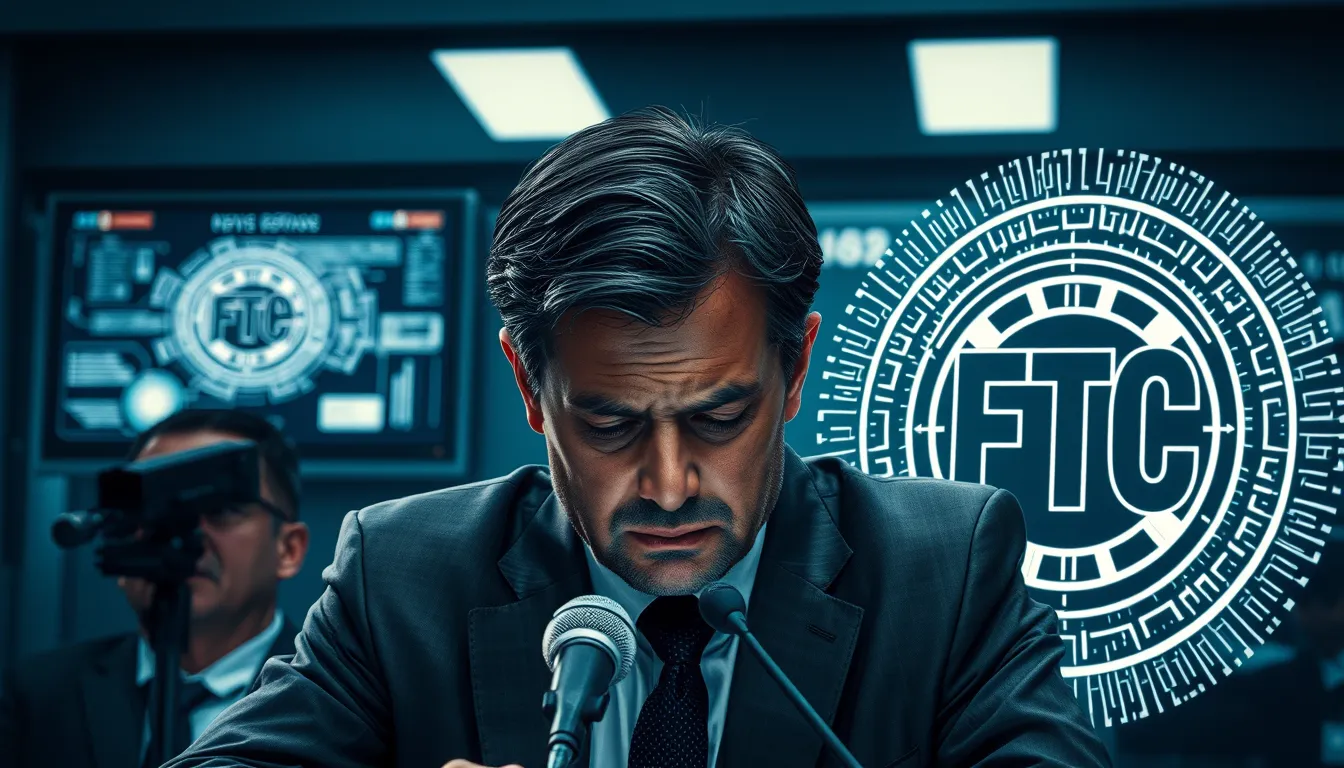Now Reading: Deepfake Technology & OpenAI Safeguards: Ethical AI
-
01
Deepfake Technology & OpenAI Safeguards: Ethical AI
Deepfake Technology & OpenAI Safeguards: Ethical AI

Deepfake Technology & OpenAI Safeguards: Ethical AI
Introduction to Deepfake Technology
In today’s rapidly evolving digital landscape, deepfake technology has become a focal point of debate. As AI-generated content advances, concerns regarding its misuse have prompted key industry players to take proactive steps. Deepfake technology, when misused, can replicate the likeness of prominent figures and lead to serious ethical implications. With rising debates around digital identity protection and ethical AI, this article explores the challenges of deepfake technology and the emerging safeguards being implemented by innovators.
Bryan Cranston & SAG-AFTRA: Voices of Concern
Renowned actor Bryan Cranston, whose illustrious career includes roles that have defined modern television, has openly expressed deep-seated concerns regarding the misuse of deepfake technology. Cranston’s apprehensions highlight how deepfake technology could potentially harm reputations and undermine personal integrity if not regulated properly. His concerns are echoed by SAG-AFTRA, a prominent union representing actors and media professionals. Their official website can be visited at SAG-AFTRA. Their advocacy for robust digital image rights and explicit guidelines is central to protecting artistic expression in an age of rapid technological change.
Key Concerns Raised
- Compromised digital identity and unauthorized image replication
- Potential for spreading misinformation through fake media
- Challenges in maintaining trust between creative professionals and the public
OpenAI Deepfake Safeguards and Ethical AI Practices
In response to rising concerns, OpenAI has taken significant steps to embed deeper safeguards against the misuse of deepfake technology. Known for its leadership in the AI field, OpenAI is actively engaging with industry stakeholders to develop robust mechanisms aimed at detecting and preventing manipulative deepfake usage. Their initiatives include advanced detection systems and continuous dialogues with creative communities to ensure ethical AI practices. For more details about their efforts, visit OpenAI.
OpenAI’s proactive measures include:
- Implementing stricter content validation tools to differentiate between real and AI-generated media.
- Collaborating with experts to develop ethical guidelines that mirror best practices in digital identity protection.
- Engaging in transparent communication with communities about the capabilities and limitations of deepfake technology.
These actions demonstrate how companies can balance innovation with ethical responsibility, ensuring that deepfake technology is used for positive advancements while minimizing its risks.
How OpenAI Addresses Deepfake Misuse
A significant part of the ongoing debate focuses on the question of how OpenAI addresses deepfake misuse. By setting up rigorous detection algorithms and transparent reporting mechanisms, OpenAI is striving to build trust and provide benchmarks for security and ethical standards in artificial intelligence. This section not only explores the technical aspects of these safeguards but also emphasizes the importance of industry-wide collaboration. By fostering a dialogue between technology developers, legal experts, and creative professionals, OpenAI’s measures seek to bridge the gap between innovation and the ethical use of AI.
Addressing Broader Challenges in Deepfake Technology
Deepfake technology carries both promise and peril. On one hand, it offers groundbreaking opportunities in fields such as film, entertainment, and digital art by pushing creative boundaries. On the other hand, it raises pressing issues like the erosion of individual privacy and the potential manipulation of public opinion. Concerns such as the Bryan Cranston deepfake concerns and broader debates on how deepfake technology can be misused highlight the necessity of ongoing vigilance.
To encapsulate the challenges, here are key focus areas:
- Ethical AI: The constant balancing act between technological advancement and ethical responsibility.
- Digital Identity Protection: Ensuring individuals retain control over their likeness in the digital era.
- Regulatory Oversight: The role of governing bodies in establishing and enforcing digital image rights, a concern keenly watched by SAG-AFTRA digital image rights advocates.
Future Perspectives and Conclusions
As society navigates the complexities of deepfake technology, the future will undoubtedly be shaped by both innovation and deliberate ethical practices. OpenAI’s deepfake safeguards have set an important precedent, suggesting that it is possible to innovate responsibly. The combined efforts of influential figures like Bryan Cranston, advocacy groups such as SAG-AFTRA, and forward-thinking tech companies illustrate a growing commitment to protecting creative integrity and digital trust.
In conclusion, the balanced approach towards deepfake technology, which integrates robust safeguards and ethical AI practices, presents a hopeful path forward. The initiatives taken by OpenAI and the active dialogue with stakeholders underscore the importance of addressing deepfake misuse proactively. As ethical considerations become as critical as technological advancements, the ongoing collaboration across industries promises a future where innovation does not compromise the rights and identities of individuals. Deepfake technology, when managed responsibly, can become a tool for creative expression rather than a source of misinformation, ensuring that both digital advancements and human values coexist harmoniously.

























